The history of cacao is a captivating journey through time, along with the rise and fall of civilizations, the exploration of new worlds, and the evolution of culinary tastes.
From its humble beginnings in the Amazon rainforest to its status as a global commodity, cacao has played a pivotal role in shaping human history.
Today we will examine how this "food of the gods" has transitioned from a sacred beverage to a daily treat, while looking into the challenges and opportunities the cacao industry is facing today.
By tracing the trajectory of cacao through time, we can gain a deeper appreciation for its cultural significance, economic impact, and the intricate processes that transform it from bean to bar.
I. Origins and Early Domestication
Cacao, the name
Theobroma cacao is the scientific name bestowed upon the cacao tree by the renowned botanist Carl Linnaeus in the 18th century, which translates to "food of the gods," a testament to its historical reverence and cultural significance.
This remarkable plant, with its origins deeply rooted in the biodiversity of the Amazon Basin, first emerged as a cultivated crop through the ingenuity of the Mayo-Chinchipe culture in present-day Ecuador.
Archaeological evidence, such as pottery residues and ancient tools unearthed at the Santa Ana-La Florida archaeological site, indicates that this civilization was cultivating and consuming cacao as far back as 5,300 years ago, making them pioneers in harnessing the potential of this extraordinary plant.
Their innovative spirit laid the foundation for the complex relationship between humans and cacao that would unfold over millennia.
Mesoamerica, The origin of domesticated Cacao
Mesoamerica served as a crucial stage for the further domestication and cultural assimilation of cacao.
As the plant spread northward, likely through trade routes and migration patterns, it was embraced by various civilizations that flourished in this region.
The Olmecs, an ancient civilization inhabiting the Gulf Coast of Mexico known for their colossal stone heads and sophisticated artistic traditions, are believed to be among the earliest cultivators of cacao, with evidence suggesting its presence in their society around 1500 BC.
Depictions of cacao pods in Olmec art and the discovery of traces of theobromine, a compound found in cacao, in ceramic vessels from key Olmec sites like San Lorenzo and La Venta further support this theory.
Through their early adoption and utilization of cacao, the Olmecs likely laid the foundation for the profound cultural significance that cacao would acquire in subsequent Mesoamerican civilizations.
Cacao In The Mayans Cultural
The Mayans, renowned for their sophisticated understanding of agriculture, mathematics, and astronomy, elevated cacao cultivation to new heights. They developed intricate methods of farming, incorporating cacao trees into their complex agricultural systems alongside crops like maize and beans.
Cacao can be found in Mayan religion and mythology, with Ek Chuah, a deity often depicted carrying cacao pods, revered as the god of cacao and merchants.
Mayan codices, their intricate historical records, contain numerous references to cacao, highlighting its role in rituals, ceremonies, and even as a form of currency.
The Mayans consumed cacao as a bitter beverage known as "xocolatl," often flavored with spices like chili peppers, achiote, and herbs, reflecting their sophisticated understanding of flavor and its cultural significance.
This beverage was not merely a source of sustenance but a symbol of status and a conduit to the divine, consumed by rulers, priests, and nobles during important ceremonies and celebrations.
The Aztecs Religious and Cacao
The Aztecs, who rose to prominence in the 14th century and established a powerful empire centered in Tenochtitlan, inherited the Mayan reverence for cacao, albeit with their own unique interpretations.
While they acquired cacao relatively late in their history, it quickly became an integral part of their society, interwoven with their economic, religious, and social practices.
Montezuma II, the powerful Aztec ruler who encountered Hernán Cortés, was reputed to consume vast quantities of xocolatl daily, believing it to be a source of strength, vitality, and even aphrodisiac properties.
The Aztecs further cemented cacao's economic importance by using the beans as a form of currency, facilitating trade and establishing a complex system of value within their empire.
Cacao beans were meticulously counted and used to purchase goods and services, reflecting their standardized value and widespread acceptance.
Cacao also played a central role in Aztec religious ceremonies, where it was offered to the gods as a precious gift and consumed by priests and nobles during sacred rituals, solidifying its status as a sacred and indispensable commodity.
II. Cacao's Journey to Europe
Christopher Columbus the First European to see Cacao
Christopher Columbus, the intrepid explorer who embarked on four voyages across the Atlantic, holds the distinction of being the first European to encounter cacao.
During his fourth voyage in 1502, while exploring the Bay Islands off the coast of Honduras, he encountered indigenous people trading cacao beans, likely observing their use as currency and their value within the local economy.
Although he initially failed to grasp the full significance of this discovery, his encounter marked the first step in cacao's momentous journey to the Old World, setting the stage for its eventual transformation into a global commodity.
The Pioneer to bring Cacao to Europe
Hernán Cortés, the Spanish conquistador who led the conquest of Mexico in the early 16th century, played a pivotal role in introducing cacao to Europe.
Upon arriving in the Aztec capital of Tenochtitlan, he was struck by the reverence with which the Aztecs treated cacao, witnessing its consumption in religious ceremonies and its use as currency.
“I ordered four rafts to be made of stakes and exceptionally large reeds. Each one carried forty measures of maize and ten men, together with an abundance of other stores such as kidney beans and red pepper and cocoa, which each of the Spaniards threw in for himself … Commending myself to God I set off down the river…” - Hernando Cortés’s letters to the rulers of Spain
Recognizing its potential value, Cortés brought cacao beans back to Spain, along with knowledge of its preparation, presenting it to the Spanish court in 1528.
Initially met with skepticism due to its bitter taste, which differed greatly from the sweet beverages favored by Europeans at the time, cacao gradually gained acceptance as the Spanish adapted its preparation, adding sugar and other spices to create a more palatable beverage.
This marked the beginning of cacao's European adaptation, paving the way for its eventual popularity across the continent.
Cocoa In The Spanish Colonization
Spanish Colonization significantly impacted cacao production and trade.
As the Spanish established plantations throughout their American colonies, particularly in Mexico, Venezuela, and the Caribbean, cacao cultivation expanded rapidly to meet the growing demand in Europe.
The demand for cacao in Europe fueled the growth of these plantations, leading to the exploitation of indigenous labor and the expansion of the transatlantic trade in cacao beans.
The Spanish maintained a tight control over cacao production, establishing a mercantilist system that ensured their dominance in the burgeoning cacao market.
This period marked the beginning of cacao's transformation from a sacred indigenous beverage to a global commodity, driven by European demand and colonial expansion.
The Spanish influence on cacao cultivation and trade laid the foundation for the modern cacao industry, shaping its production methods and global distribution patterns.
III. Cacao Production and Varieties
Distinct varieties of cacao
Cacao varieties exhibit a remarkable diversity, each with its unique characteristics and flavor profiles that contribute to the complex tapestry of chocolate flavors. The three main varieties – Criollo, Forastero, and Trinitario – represent distinct genetic lineages and offer a wide range of sensory experiences.
Criollo, meaning "native" in Spanish, is the rarest and most prized variety, known for its delicate, floral aroma and subtle sweetness, often described as having notes of caramel, nuts, and fruit. Its origins trace back to Mesoamerica, where it was cultivated by ancient civilizations for its exceptional quality.
Forastero, the most common variety, accounts for most global cocoa production. Its robust, bitter flavor and high yield characterizes it, making it a staple in the chocolate industry. Its beans often exhibit earthy and chocolatey notes with hints of bitterness.
Trinitario, a hybrid variety originating in Trinidad, combines the traits of Criollo and Forastero, offering a diverse range of flavors and aromas that bridge the gap between the two parent varieties.
This variety emerged in the 18th century following a natural cross-pollination event between Criollo and Forastero trees, resulting in a cacao bean that exhibits both delicate and robust characteristics.
From Cocoa to Chocolate
From bean to chocolate, the production process involves a series of intricate steps that transform raw cacao beans into the delectable treat we know and love. The journey begins with the harvesting of ripe cacao pods, which are carefully opened to reveal the precious beans encased within a white pulp.
The beans are then scooped out and subjected to fermentation, a crucial step in developing the flavor precursors that give chocolate its characteristic taste. During fermentation, microbial activity, primarily yeasts and bacteria, break down the sugars in the pulp, producing heat and altering the chemical composition of the beans.
This process typically lasts several days, depending on the cacao variety and desired flavor profile. The fermentation process is a delicate balance of art and science, requiring careful monitoring to achieve the optimal flavor development.
Following fermentation, the beans are spread out to dry, either under the sun, a traditional method still practiced in many cacao-producing regions, or using artificial drying methods.
Drying reduces the moisture content of the beans, preventing mold growth and preserving their quality for storage and transport. Once dried, the beans are roasted to further develop their flavor and aroma.
Roasting involves carefully heating the beans to specific temperatures, triggering the Maillard reaction, a complex chemical process that produces hundreds of flavor compounds, contributing to the rich and nuanced taste of chocolate.
The roasted beans are then winnowed to remove the outer shell, leaving behind the cacao nibs, the essence of chocolate flavor.
These nibs are ground into a thick paste known as cocoa liquor, which can be further processed to create various chocolate products, such as chocolate bars, cocoa powder, and chocolate beverages.
IV. Chocolate in the Modern World
The Industrial Revolution of Cocoa
The Industrial Revolution in the 18th and 19th centuries ushered in an era of unprecedented technological advancements that profoundly impacted chocolate production.
Innovations such as the steam engine and hydraulic press revolutionized the manufacturing process, enabling mass production and wider accessibility of chocolate.
The invention of the cocoa press by Coenraad Johannes van Houten in 1828 was a pivotal moment, as it allowed for the separation of cocoa butter from cocoa solids, leading to the creation of cocoa powder and smoother, more refined chocolate.
This innovation, coupled with the development of conching, a process that further refines the texture of chocolate by prolonged heating and agitation, significantly improved the quality and consistency of chocolate, contributing to its growing popularity among the masses.
The Industrial Revolution not only transformed the production methods but also the consumption patterns of chocolate, making it an affordable and accessible treat for a wider population.
Chocolate Manufacturing
Chocolate manufacturing today involves a series of sophisticated processes that build upon the innovations of the Industrial Revolution.
Conching, a technique pioneered by Swiss chocolatier Rodolphe Lindt in 1879, remains a cornerstone of chocolate production, ensuring a velvety smooth texture by reducing the particle size of cocoa solids and sugar.
Tempering, a precise heating and cooling process, controls the crystallization of cocoa butter, resulting in a glossy sheen, firm snap, and desirable melt-in-the-mouth sensation.
Molding, the final stage, shapes the liquid chocolate into various forms, from classic bars to intricate designs, catering to diverse consumer preferences.
Technological advancements have further refined these processes, enabling greater precision and efficiency in chocolate production.
The maintain of Cocoa Sustainability
Sustainability has emerged as a critical concern in the cacao industry, prompting a growing awareness of the environmental and social impact of cacao production.
Cocoa cultivation often involves deforestation, contributing to habitat loss and greenhouse gas emissions. Furthermore, concerns about fair labor practices and equitable compensation for cacao farmers have led to initiatives promoting ethical sourcing and fair trade practices.
These practices aim to ensure that cacao farmers receive a fair price for their beans, enabling them to invest in sustainable farming methods and improve their livelihoods.
Consumers are increasingly demanding transparency and traceability in the chocolate supply chain, seeking assurances that their chocolate is produced in an environmentally and socially responsible manner.
Cacao's enduring cultural significance transcends its role as a mere confection.
Chocolate has become an integral part of celebrations, traditions, and everyday enjoyment across the globe.
From Valentine's Day to Easter, Christmas to Diwali, chocolate plays a central role in marking special occasions and expressing affection.
Its versatility extends beyond holidays, as chocolate is often enjoyed as a comforting treat, a source of indulgence, and a symbol of shared moments.
The cultural significance of chocolate is deeply intertwined with its sensory appeal, its ability to evoke emotions, and its power to create shared experiences.
Whether savored as a simple chocolate bar or incorporated into elaborate desserts, chocolate continues to hold a special place in the hearts and minds of people worldwide.
Challenges and Opportunities in the Cacao Industry
|
Challenge |
Description |
Opportunity |
|
Climate Change |
Rising temperatures and changing weather patterns threaten cacao cultivation, affecting yields and bean quality. |
Developing climate-resilient cacao varieties and promoting sustainable farming practices. |
|
Pests and Diseases |
Cacao trees are susceptible to various pests and diseases, such as frosty pod rot and witches' broom, which can devastate crops. |
Investing in research and development to identify disease-resistant varieties and implement effective pest control measures. |
|
Price Volatility |
Fluctuations in global cocoa prices create uncertainty for farmers, making it difficult to invest in sustainable practices. |
Establishing fair trade practices and price stabilization mechanisms to ensure equitable compensation for farmers. |
|
Labor Shortages |
Young people in cacao-growing regions are increasingly seeking opportunities outside of agriculture, leading to labor shortages. |
Promoting the economic viability of cacao farming and creating attractive opportunities for young farmers. |
|
Deforestation |
Cacao cultivation can contribute to deforestation, leading to habitat loss and environmental degradation. |
Implementing agroforestry systems and promoting sustainable land management practices to minimize environmental impact. |
Key Historical Milestones in the Cacao Timeline
-
5300 BC: The Mayo-Chinchipe culture in Ecuador domesticates cacao.
-
1500 BC: Evidence suggests cacao use by the Olmec civilization in Mesoamerica.
-
600 AD: The Mayan civilization cultivates cacao and incorporates it into their religion and daily life.
-
14th Century: The Aztecs rise to prominence and value cacao as currency and a sacred beverage.
-
1502: Christopher Columbus encounters cacao during his fourth voyage to the Americas.
-
1528: Hernán Cortés introduces cacao to the Spanish court.
-
18th Century: Cacao plantations are established throughout the Americas under Spanish colonization.
-
1828: Coenraad Johannes van Houten invents the cocoa press, revolutionizing chocolate production.
-
1879: Rodolphe Lindt develops the conching process, further refining chocolate texture.
-
20th Century: Chocolate becomes a global commodity, with mass production and widespread consumption.
-
21st Century: Sustainability and ethical concerns drive initiatives for responsible cacao production.
V. The Best Cacao Types in The World
Three primary types of cacao define the world's chocolate industry: Criollo, Trinitario, and Forastero.
-
Criollo Cacao
Criollo is the rarest and most prized cacao variety, known for its delicate and complex flavor. It's often called "the Prince of cocoa" and is notoriously difficult to grow due to its susceptibility to disease. Criollo accounts for less than 5% of global cacao production.
Juan Carlos Motamayor et al. (2002) identify Venezuela as a pivotal region in the origin and genetic diversity of cacao.
Ancestral Criollo cacao stands out for its unique characteristics in aroma, flavor, and texture.
-
Its aroma features floral and fruity notes, creating a symphony of delightful scents.
-
The flavor profile ranges from delicate and nutty to rich and bittersweet, offering complexity.
-
Its velvety texture enhances the sensory experience, leaving a lasting and memorable impression.
Venezuela is renowned for its fine-flavor cocoa, particularly the Criollo variety. The Chuao region in Venezuela produces some of the best cacao beans in the world, celebrated for their exquisite balance of flavors, ranging from fruity to nutty. Among the notable Criollo varieties is the Ancestral Criollo cacao, prized for its heritage and unique characteristics.
Additionally, Porcelana cacao, another distinguished Criollo variety, is revered for its pale, porcelain-like beans and exceptional flavor profile that combines subtle sweetness with a hint of creaminess.
Chuao cocoa beans, specifically, are famed for their unparalleled complexity and aromatic richness, making them a hallmark of Venezuela's elite cacao production.
Ancestral Criollo cacao from Venezuela plays a key role in preserving biodiversity within Venezuela's unique ecosystems.
-
Its cultivation promotes sustainable farming practices, reducing environmental degradation and supporting local wildlife habitats.
-
Farmers cultivating Ancestral Criollo cacao help protect over 65,000 hectares of vital agricultural land (Corpoandes, 2010).
-
Preserving this rare genetic heritage ensures the survival of one of the world’s most prized cacao varieties.
Ancestral Criollo cacao from Venezuela represents more than a culinary delight; it embodies rich cultural and historical significance. This cacao variety contributes to Venezuela's reputation as a top producer of fine cacao worldwide.
Globally, Criollo cacao accounts for less than 5% of production, emphasizing its rarity and high value. Its complex flavor profile and premium quality make it a sought-after ingredient in gourmet chocolate products
-
Trinitario cacao or Hybrids cacao
Trinitario, a hybrid of Criollo and Forastero, strikes a balance between flavor and hardiness. It is widely used in gourmet and artisanal chocolate due to its nuanced flavor profile and its resilience compared to Criollo.
-
Forastero cacao or amazónicos
Forastero, the most widely grown cacao variety, dominates the global production as it is robust and disease-resistant. Its flavor, however, is often described as more bitter and earthy compared to Criollo and Trinitario, making it the backbone of mass-market chocolate.
The flavor and quality of cacao beans are heavily influenced by their region of origin, known as terroir. Some regions produce cacao beans that are uniquely rich in flavor, contributing to their worldwide recognition.
In contrast, Peru is celebrated for its organic cacao production, with the Amazonian cacao offering fruity and floral notes that chefs across the world highly value. Peru's cacao industry is known for its sustainable farming practices, particularly in the Amazon region where indigenous farmers employ agroforestry techniques that preserve biodiversity.
Another notable producer is Ecuador, famous for its Nacional cacao variety, which has an extraordinary floral flavor. Ecuadorian cacao beans are commonly used in gourmet chocolates.
VI. The Future of Cacao
The future of cocoa lies in balancing the growing global demand for chocolate and ensuring the sustainability and ethical production of this beloved commodity.
This requires addressing the challenges facing the cacao industry, such as climate change, pests and diseases, price volatility, labor shortages, and deforestation.
By investing in research and development, promoting sustainable farming practices, and fostering collaboration among stakeholders, the cacao industry can ensure a thriving future for both cacao producers and chocolate lovers worldwide.
The journey of cacao, from its ancient origins to its modern manifestations, is a testament to human ingenuity, cultural exchange, and the enduring allure of this extraordinary plant.
As we continue to explore the depths of cacao's history and its impact on our world, we can appreciate its remarkable journey and its potential to shape a sustainable and delicious future.
Some FAQ about Cocoa
1. How did the Mayans use cacao in their religious ceremonies?
Mayans used cocoa beverages in a variety of religious ceremonies, such as offerings to their gods, divination rituals, marriage ceremonies, and even during burial rites to accompany the deceased into the afterlife.
2. What were the specific ways the Aztecs used cacao as currency?
Cacao beans were used to pay tribute, taxes, and as a means of exchange for goods and services, with a standardized value system. For example, a rabbit might cost 30 beans, while a slave could be purchased for 100 beans.
3. What were the earliest European chocolate recipes?
Early European chocolate recipes often included spices like cinnamon, cloves, and anise, along with sugar to counteract the bitterness of the cacao, creating a warm, spiced beverage that was considered a luxury.
4. How did cacao contribute to the development of the transatlantic slave trade?
The high demand for cacao in Europe fueled the expansion of plantations in the Americas, which in turn led to a surge in the transatlantic slave trade to provide the labor force needed for cultivation and harvesting.
5. What are the specific health benefits associated with consuming cacao?
Cacao is rich in flavonoids, antioxidants that may improve heart health, lower blood pressure, and enhance cognitive function. It also contains theobromine, a stimulant that can improve mood and focus.
6. Are there any negative health effects associated with cacao consumption?
While generally safe, excessive cacao consumption can lead to caffeine-like side effects such as anxiety, insomnia, and digestive issues. It can also trigger migraines in some individuals.
7. How does cacao cultivation impact the economies of producing countries?
Cacao production is a significant source of income and employment in many developing countries, contributing to export revenues and supporting local economies, but it can also lead to economic dependence and vulnerability to price fluctuations.
8. What are some of the challenges facing cocoa farmers in today's market?
Cacao farmers face numerous challenges, including low prices for their beans, aging trees, limited access to credit and technology, climate change impacts, and competition from larger producers.
9. How can consumers make ethical choices when purchasing chocolate?
Consumers can support ethical chocolate production by choosing brands that are certified fair trade, organic, and sustainable, ensuring that farmers receive fair compensation and that environmental impacts are minimized.
10. What is the difference between cacao and cocoa?
"Cacao" refers to the beans in their raw, unprocessed state, while "cocoa" refers to the beans after they have been roasted and processed, often into powder or butter.
11. What are some of the lesser-known uses of cacao throughout history?
Aside from its culinary and economic uses, cacao has been historically used for medicinal purposes, such as treating ailments like fever, fatigue, and digestive problems. It was also used in cosmetics and body paints.
12. How has chocolate taste evolved over time?
While initially consumed as a bitter beverage, the taste for chocolate has evolved towards sweeter and more refined flavors, with the addition of milk, sugar, and various flavorings to cater to modern palates.
13. What role does genetic research play in cocoa's future?
Genetic research is crucial for developing cacao varieties that are more resistant to diseases, pests, and climate change, ensuring the long-term viability of cacao production and preserving its genetic diversity.
14. How can I learn more about the history and cultural significance of cacao?
Numerous resources are available, including books, documentaries, museums, and online platforms dedicated to the history of cacao, offering in-depth information and diverse perspectives on this fascinating subject.
15. What are some examples of organizations working to promote sustainability in the cacao industry?
Organizations like the World Cocoa Foundation, Fairtrade International, and the Rainforest Alliance are actively involved in promoting sustainable cacao production, working with farmers, industry stakeholders, and consumers to create a more ethical and environmentally responsible cacao supply chain.
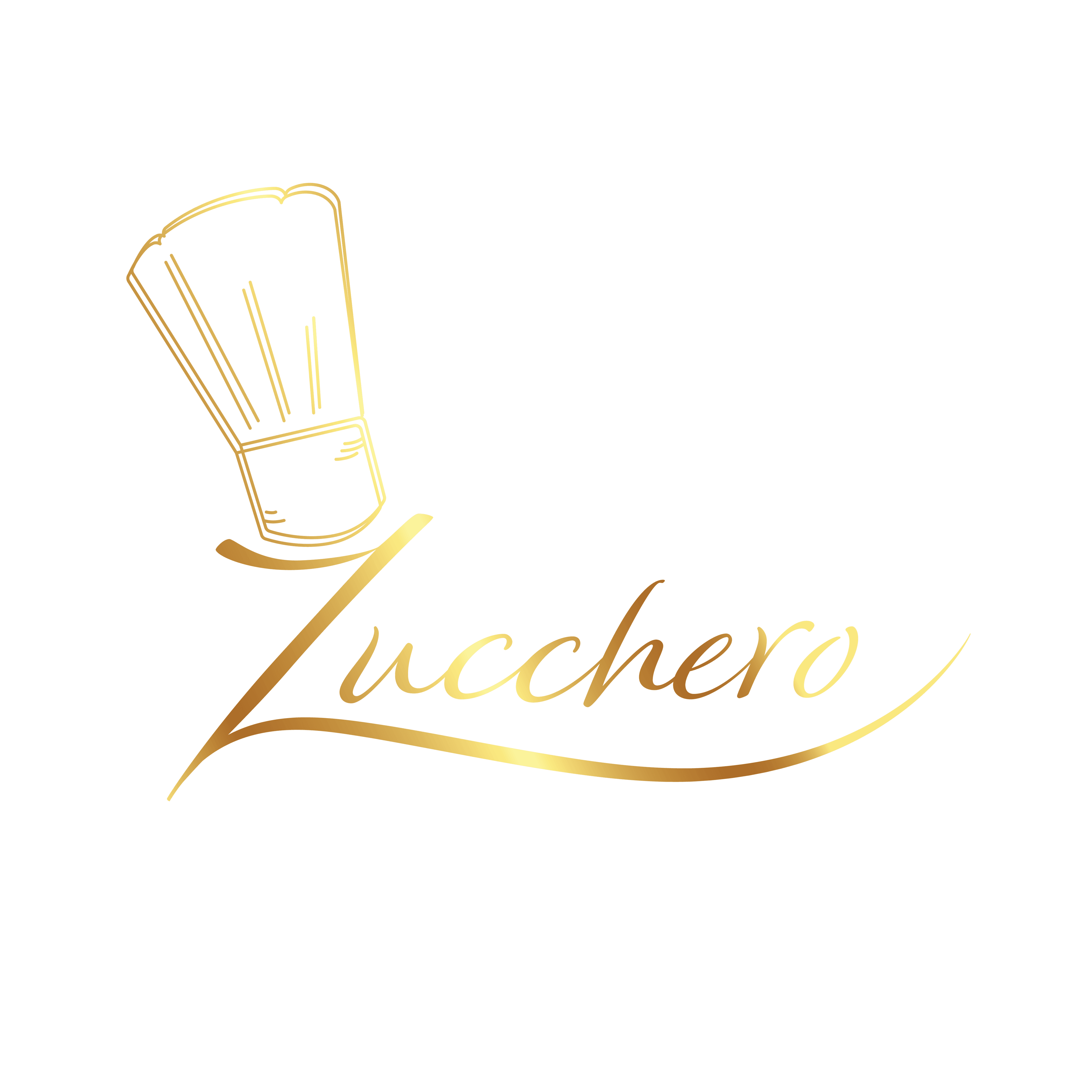
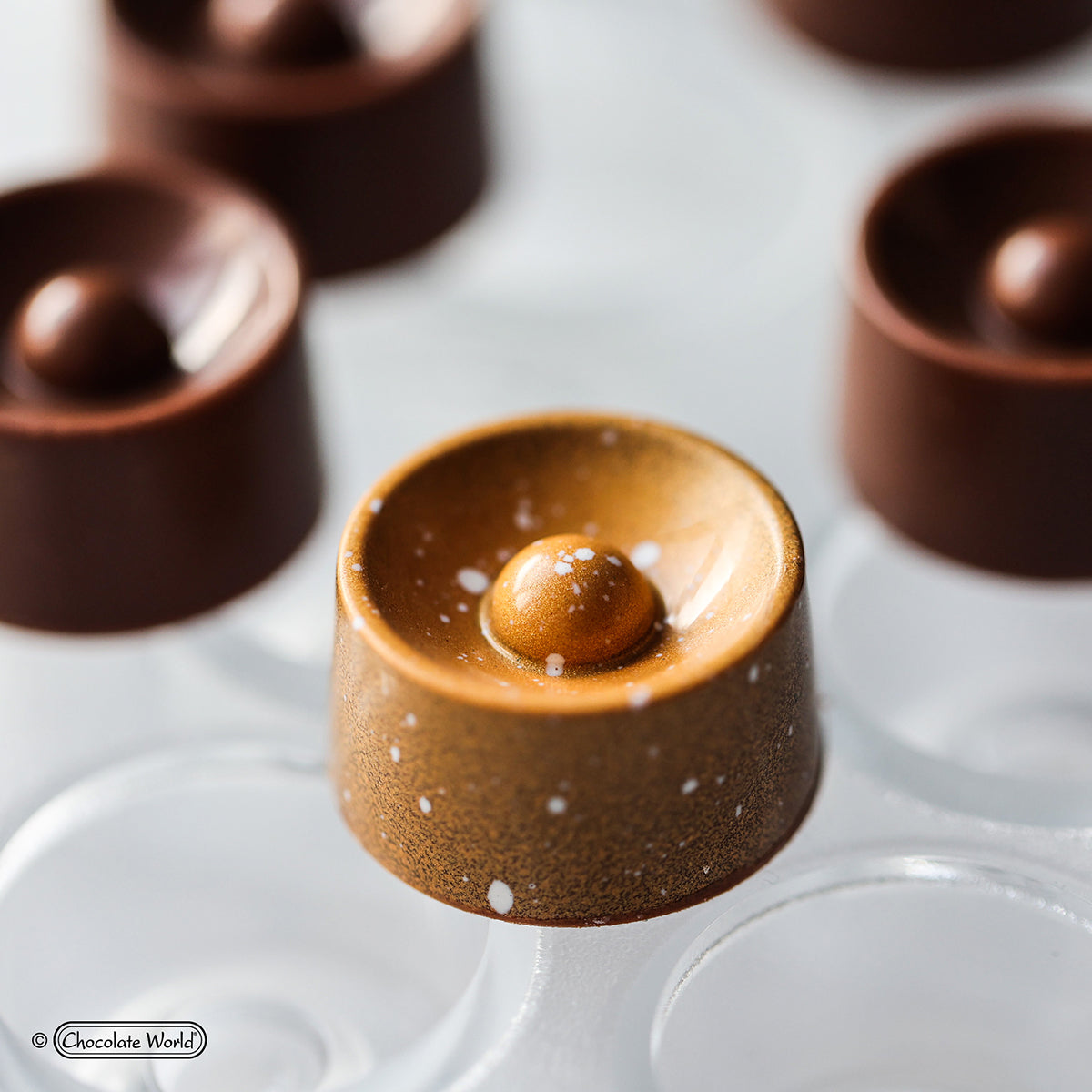
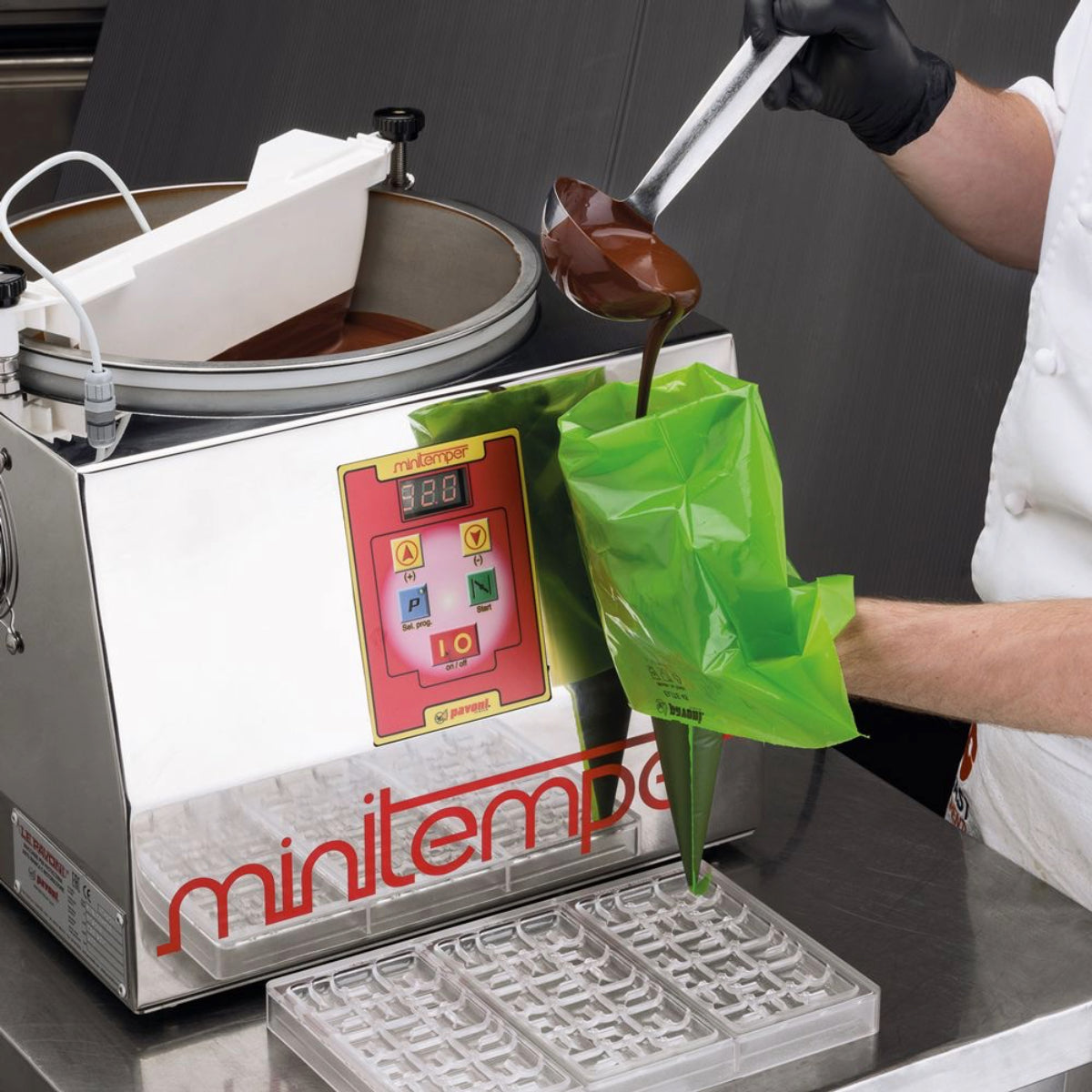
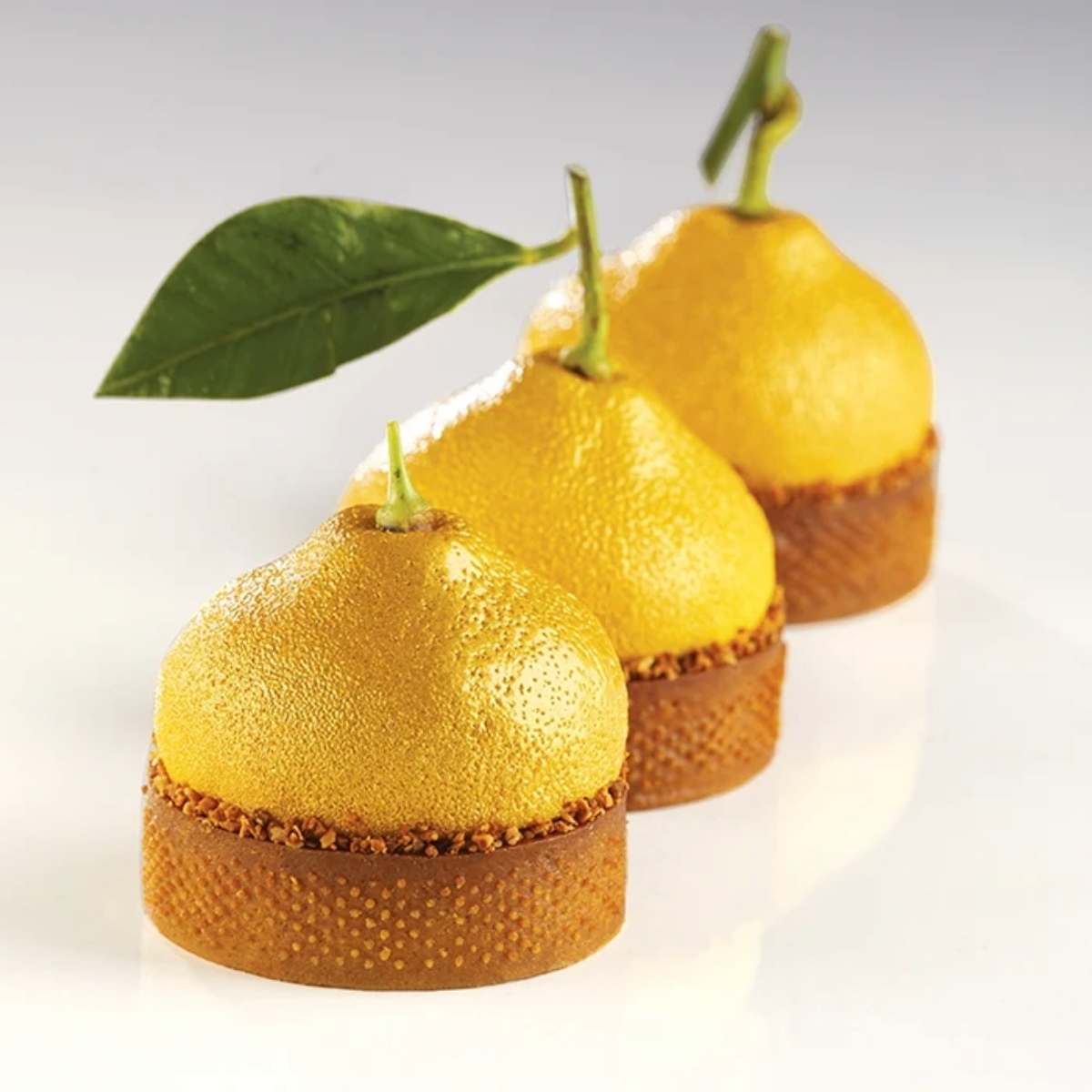
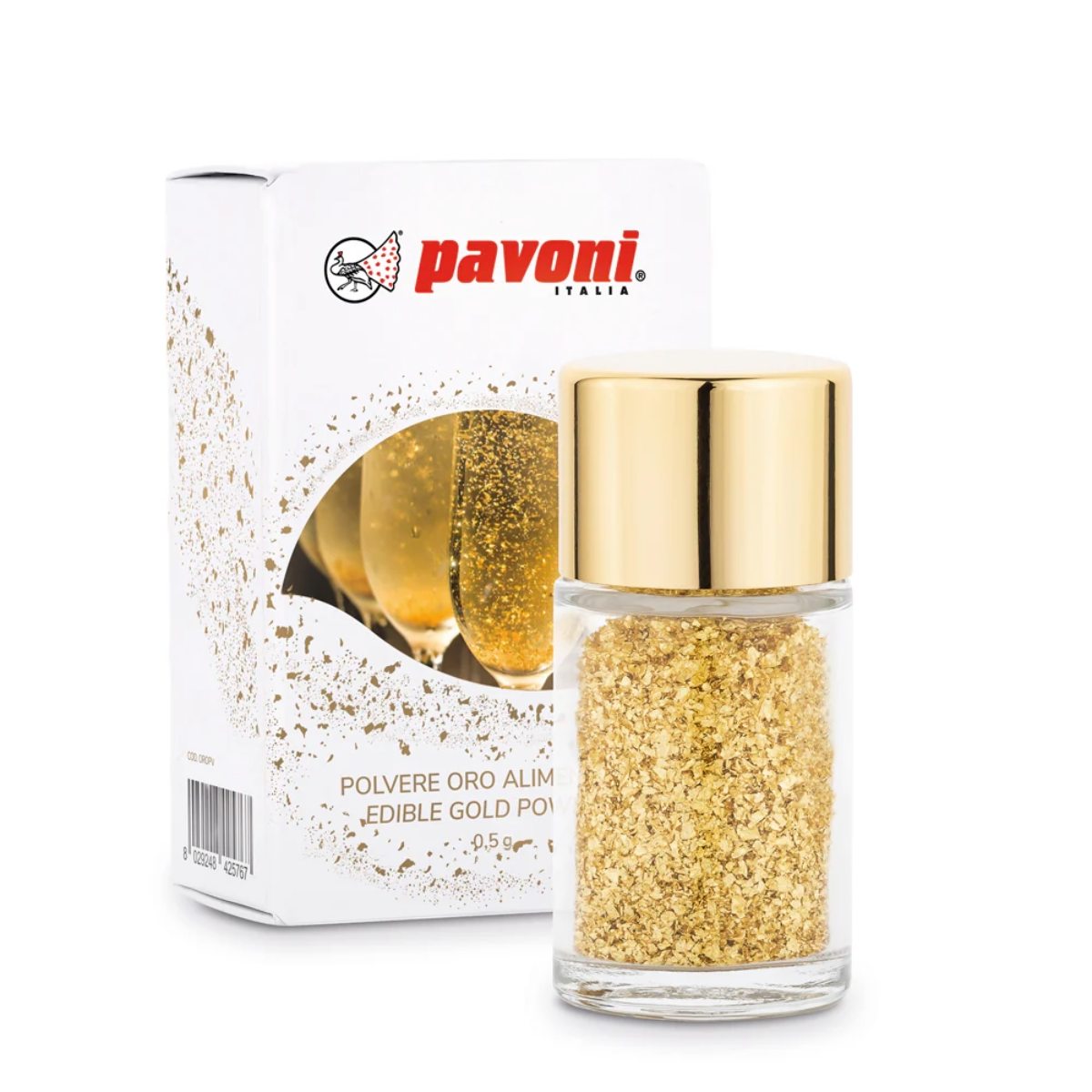
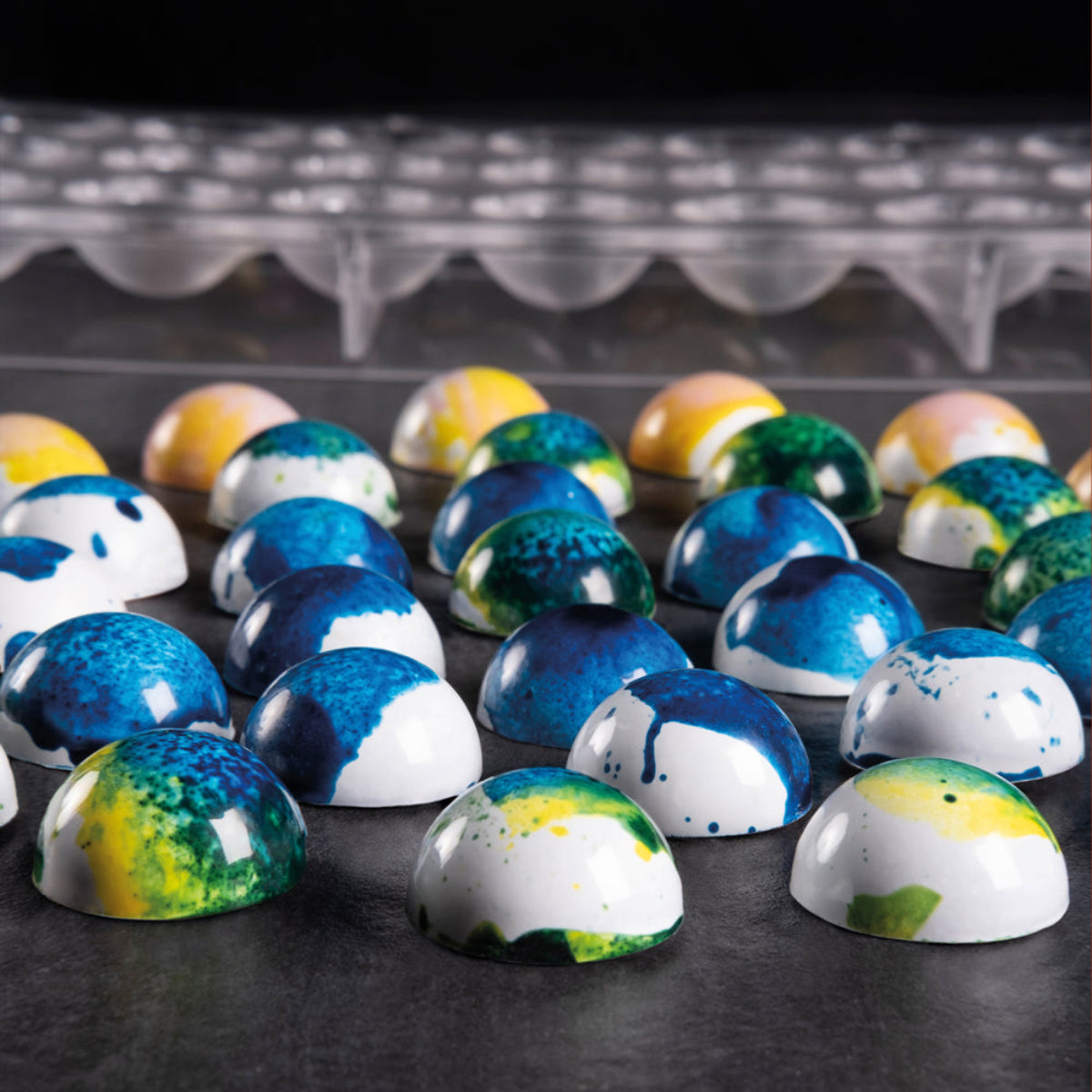



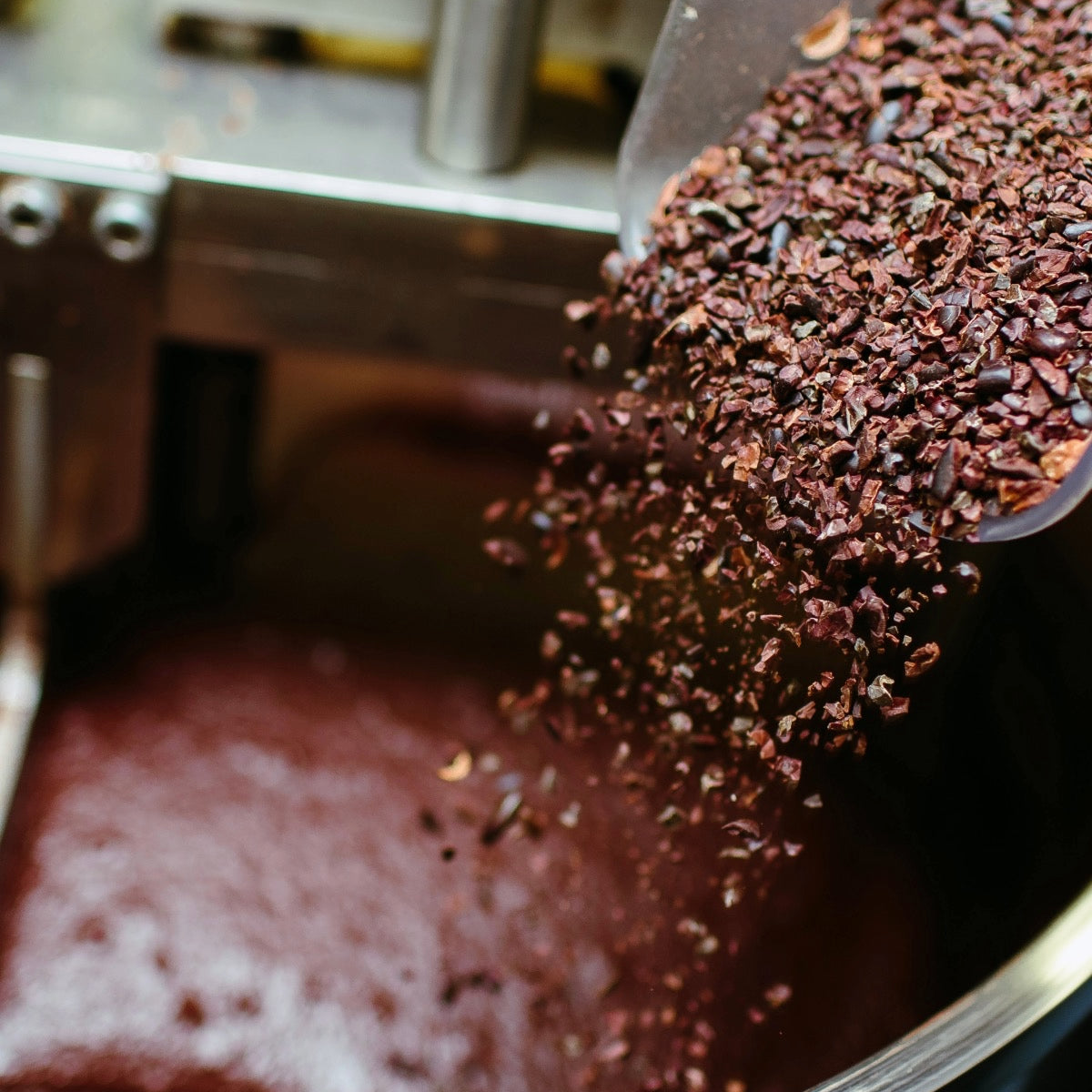
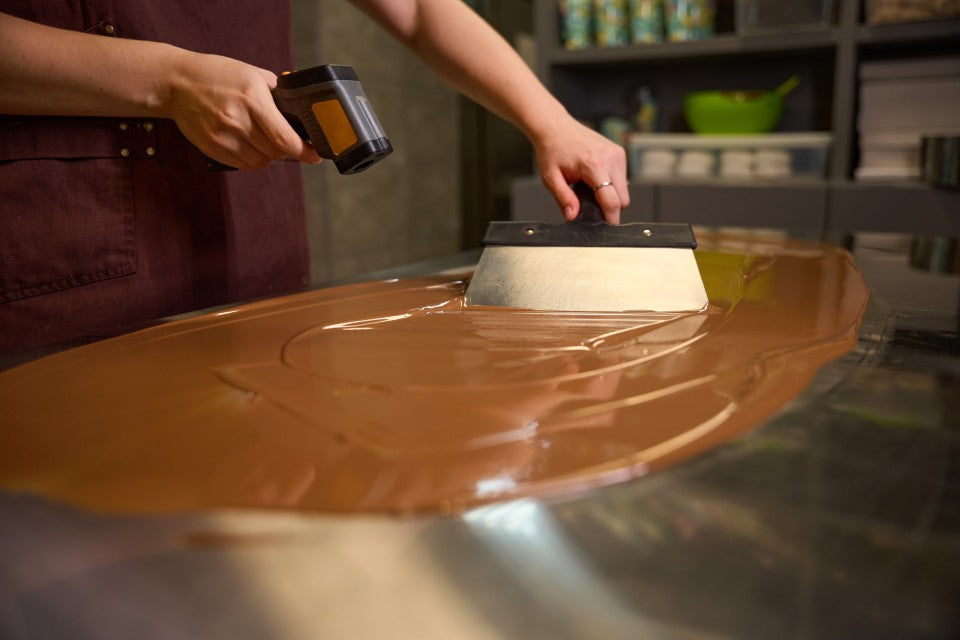
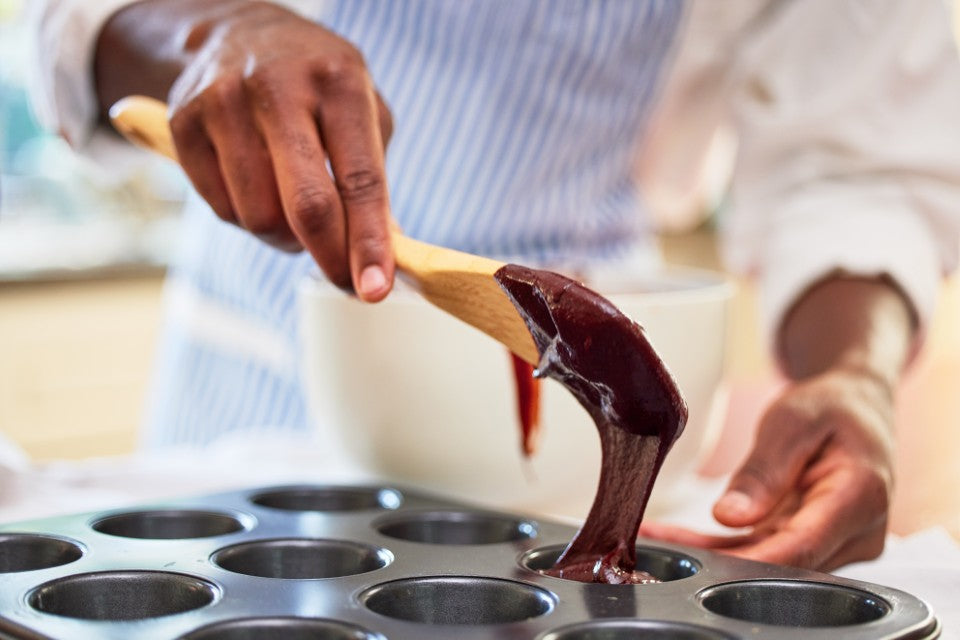


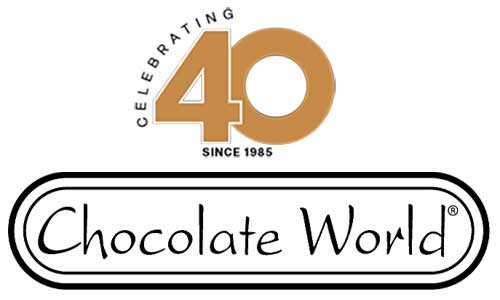

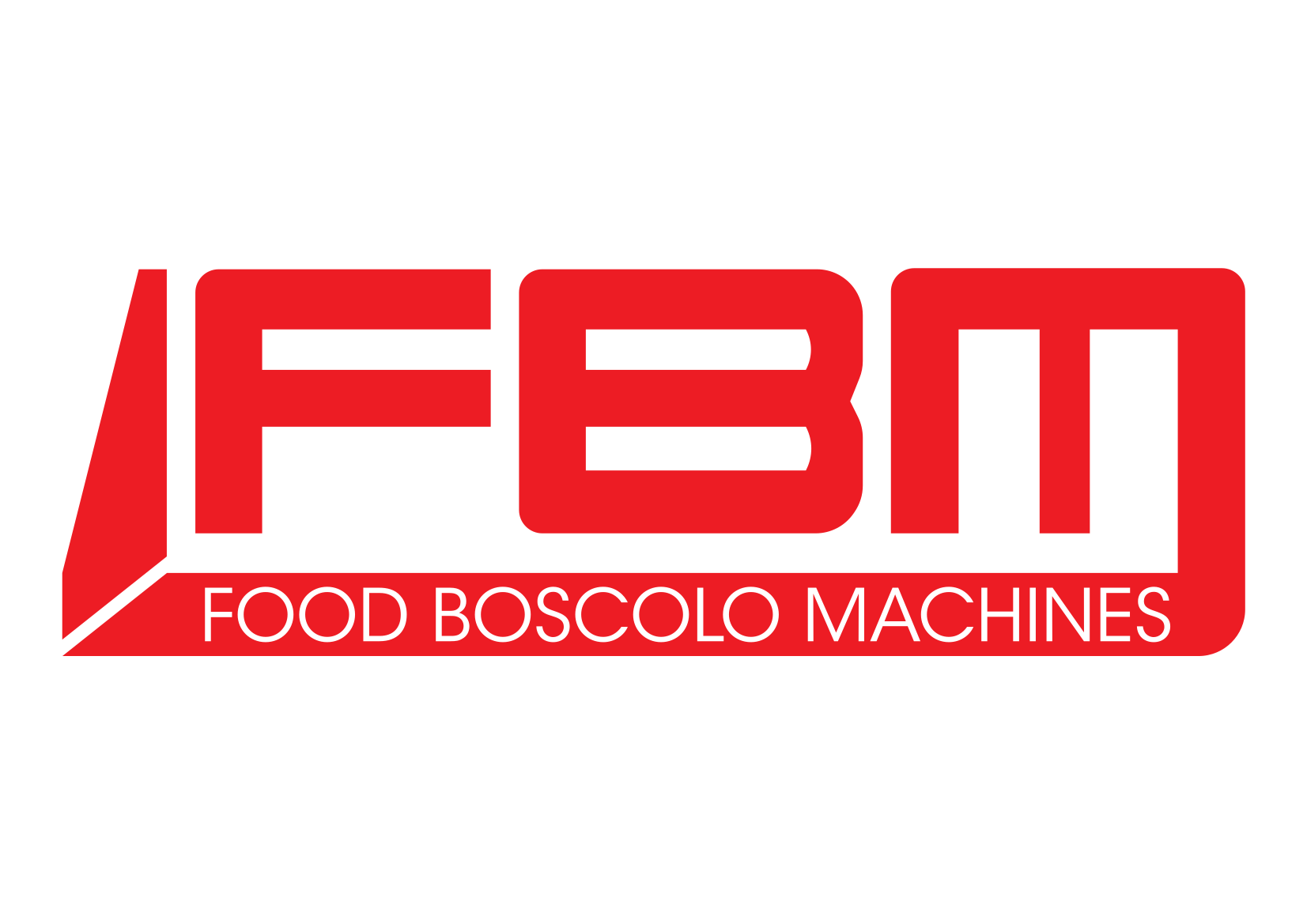
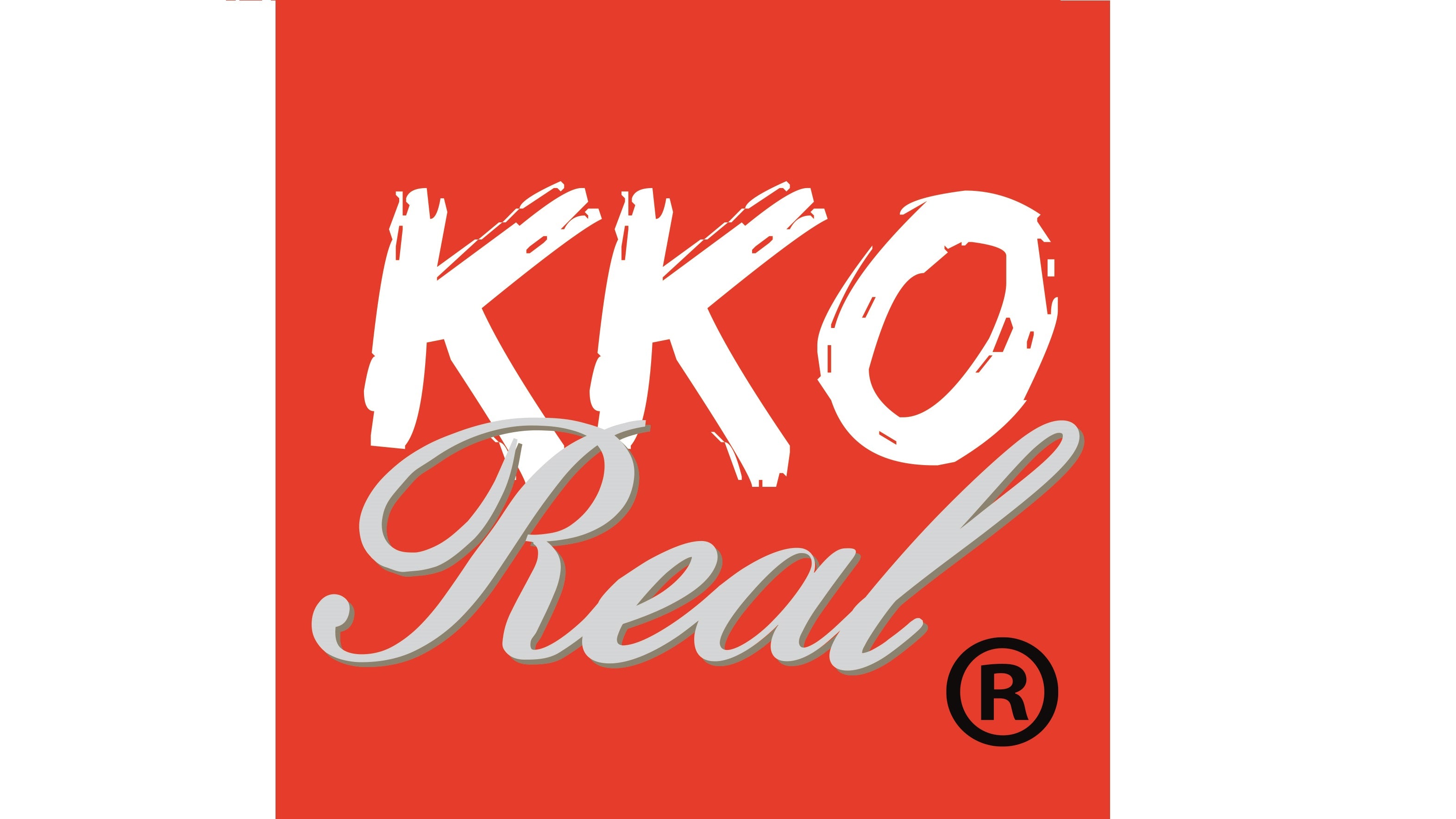

















Leave a comment
All comments are moderated before being published.
This site is protected by hCaptcha and the hCaptcha Privacy Policy and Terms of Service apply.